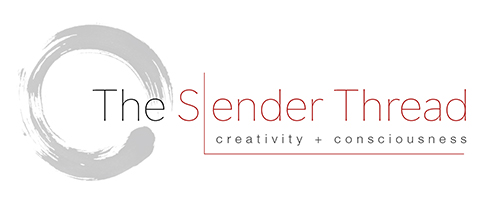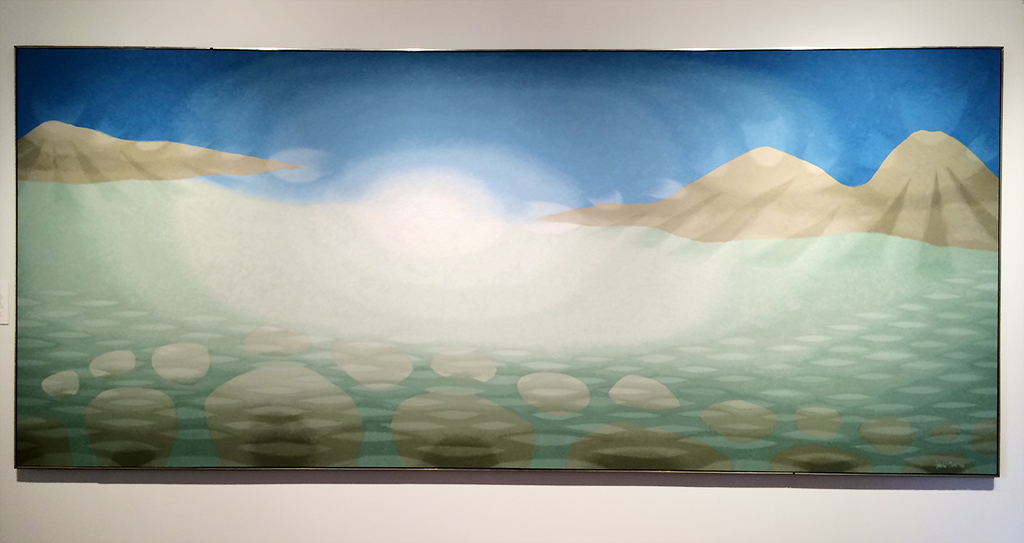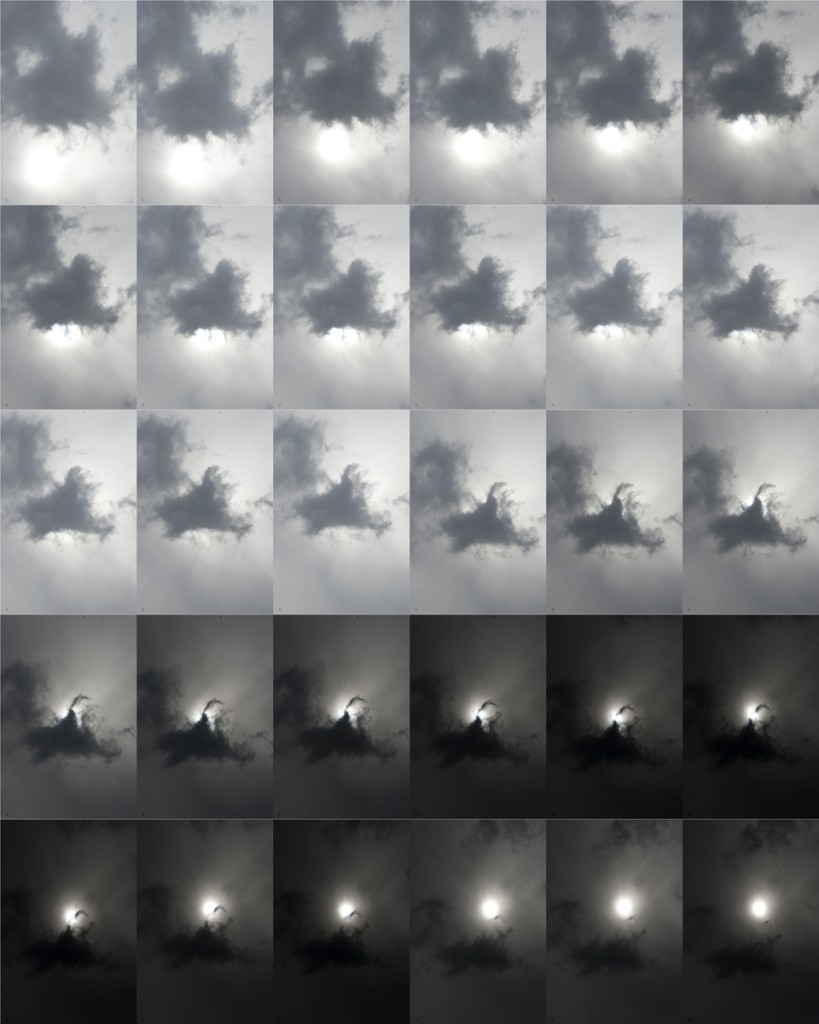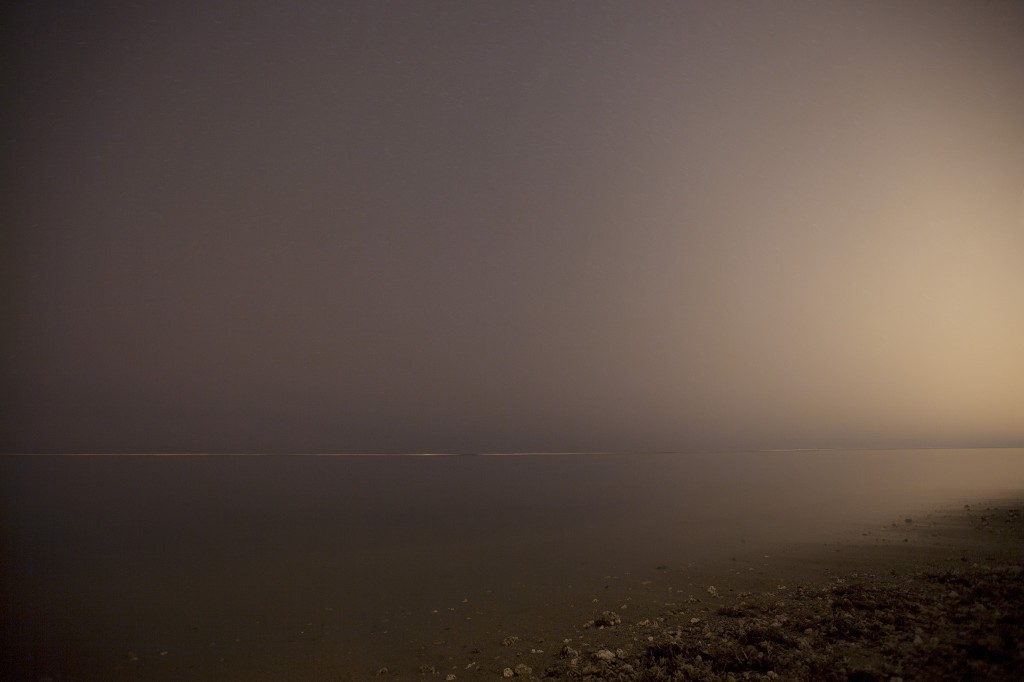Visions of Hawai‘i
When I look out the window of my home, towards Diamond Head and the Pacific Ocean, I see infinity. I can see as far as the distant horizon allows. Often, the ocean and sky blend together into a featureless, luminous field of color and light. I see this daily and it enters my consciousness deeply. It changes me in ways I cannot quite identify. I am constantly reminded of the presence of an intelligent universe that is much larger than the illusionary importance of my daily attachments. Often I stand in wonder and awe of these strikingly beautiful natural forces, and it makes me both humble and whole. It has the capacity to deeply touch my spirit and it serves to help eviscerate my egoistic attachments to my life, my success.I have had more than a few students and colleagues recently explore this luminous, featureless blend of land, sea,and sky that opens to infinity and offers a metaphoric response to the direct experience of living in the islands, specks of populated land, with peoples of many variations, on a vast ocean. Seeing these similar types of images, from photographers who mostly do not know each other and have not seen each other’s work, was a revelation to me. This experience of immersion in the natural world is central to our lives and, I believe, it represents something of our collective, regional vision.
Yesterday, driving on the UH campus, I observed a young student looking heavenward with a cell phone camera, in a kind of reverie with the changing sky. I looked upward and I saw nothing there. Fellow photographer Franco Samoiraghi once took the task upon himself of making “photographs of nothing.” This project began in mid-Winter in Illinois, where during his walks, he observed the trees without foliage and the grey sky without definition; yet the entire scene was infused with an embracing light that suffused all things in the landscape. Soon after, he began photographing clouds and sky, in everchanging narrative of multiple frames, where each moment is alive and different and yet the entire field of sky becomes an integrated luminous whole. The metaphor here is clear. Each moment, each living thing is different with its own range of variation. Yet, beneath it all we share the livingness of existence and a very similar DNA with the natural world and all sentient beings.
In a similar vein, photographer and Hawaii resident Alison Beste is currently finishing graduate school in Boston. Part of her visual investigation involves the unsettling tension between paradise and its constructed mythology. Her images often reflect a featureless blend of exquisite natural beauty and the intrusions of contemporary humanity: its electric lights, its growing pollution, and its exploitive attitude towards finite land and resources. Seventeen year old photography student, Kjell van Sice, an avid professional surfer and ocean lover, grew up in a family where music, classical and jazz, was everpresent. His images of the ocean have the resonances and harmonies of music, without narrative content. They are truly photographs of nothing, yet they are something. They reveal the rhythms of light, color, and luminous form; they remind us of our own subtle body. Buddhism and other traditions believe that our lives are built on illusory foundations, that there is a field of being that underlies everyday reality that makes its presence known through the cracks of our ordinary involvements and daily concerns.
In all of these images, the negative space defines the form and becomes the content. There are no material features; everything is soft and blended together. I cannot escape the social metaphor of how cultures and different traditions have blended through generations in Hawai‘i into a unique mix that allows each person at once to honor their own genealogy and be deeply respectful of others. Many people in Hawai‘i contain multiple ethnicities in their blood. This, I believe, has an impact on how we see the world. We live in a blended society. Abstract Expressionist Tadashi Sato speaks of this. When he left rural Maui and went to New York in the 1950’s, he gravitated to the New York school of abstract painters and found companionship with other creative people through his job at the Museum of Modern Art. Once over lunch, he confided in me that his paintings express his great joy found in the ocean and fishing grounds of his youth, his respect for the unique Hawaiian blend of eastern and western culture, and tempered by the cultural changes incited by Statehood and the changing ‘aina (land).
Curator of Contemporary Art at the Honolulu Museum of Art, James Jensen writes: “Sato has become well-known for his spare, subtle abstract compositions with imagery drawn from the natural world around him, especially the tide pools and submerged rocks of the coastline near his home… He is also known for the shimmering luminosity of his paintings.” Sato has long been aligned with abstract painters. In the 1960’s he was honored by President Lyndon Johnson, along with Georgia O’Keeffe and Jackson Pollock, at the White House Festival of the Arts.
Quantum mechanics teaches us that the phenomenal world is not solid. It is filled with dynamic energies: shimmering, interlocking, and interdependent. An invisible noumenal reality vibrates just under the surface of materiality. Solidity is an illusion. The world is comprised of energies always in relationship, all vibrating at differing frequencies and open to an inner eye that grows from an experiential inner perception rather than our outer eye that sees only sense impressions. The eyes of the artist can touch the luminous and reflect what is nameless, without story, and featureless, without edges. When we begin to see and feel these foundational energies of life, it removes the ground from under our feet. Non-materiality is the true reality. This comes home to us naturally in these islands where the ground is small and sky and ocean are unending and vast.
I cannot ignore either: the underlying sacredness of the Hawaiian landscape or the sheer ordinariness of my daily life. Everyday contact with the sublime touches something deep within me. I think many of us in these islands feel this way. There is something special in the air; it enters you and does not leave. It becomes a part of you. Writer James Houston speaks of this condition, and how it moves effortlessly, transparently, into the creative impulse: … The place has a kind of power, which is to say, it releases something in those who experience it. And after enough people have visited the spot, to stand, to pray, to sing, to fast, to chant, century upon century, its original impact has been layered and amplified until the ancestral atmosphere… is so rich with what the Hawaiians call mana, you can feel it like a coating on your skin. Later, trying to explain this to myself, I begin to think of sacredness as a kind of dialogue between the human spirit and certain designated places. These sites that call forth reverence and awe and humility and wonder, we make them sacred. It is a way of honoring those feelings in ourselves.… And when we hear the songs the places sing, we are hearing our own most ancient voices.]





